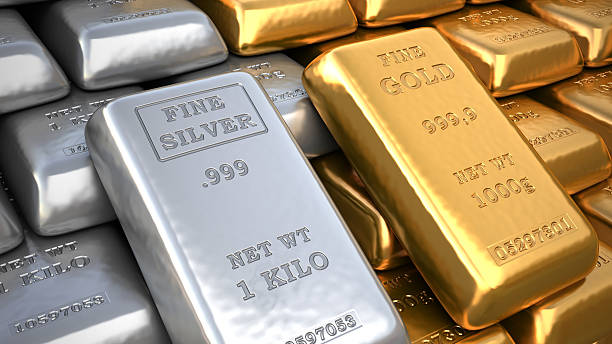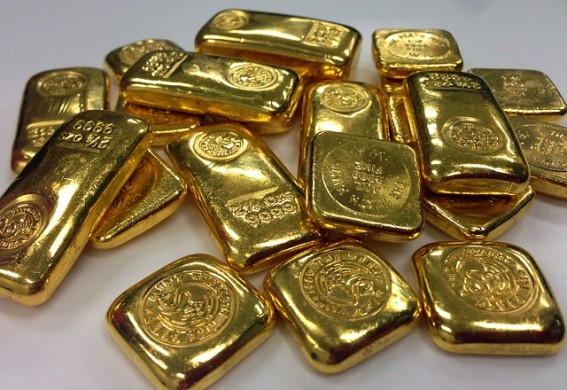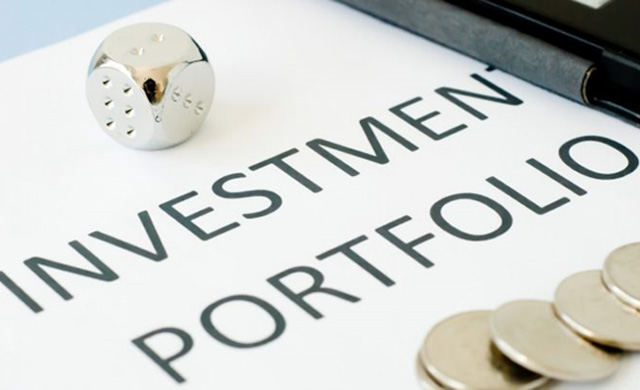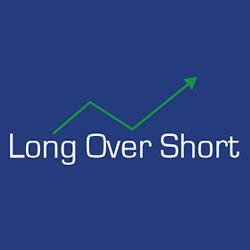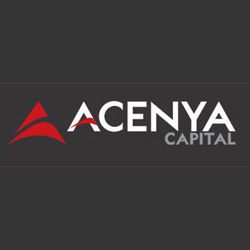Tandem Group (LSE:TND) reported excellent results for the year-ended December 2018 and the shares have jumped up to 180p bid, 200p offer (MCap is now £10m – up £2m since I bought and started writing Newsletters about the company a couple of weeks ago), with a rise in dividends to 4.31p for the year putting them on a dividend yield of 4.31p/2.00p = 2.16p. Earnings per share came in at 32.3p, the third time in five years they have been above 30p, and the company moved from a net debt position to having more cash than debt – cash amounts to 48% of current MCap. Operating expenses were pushed down 6% to £8m.
The directors are clearly pleased with the way things are going. In their outlook statement they say
“The year has started very strongly for the Group, principally driven by the MV Sports & Leisure business where the forward order book is considerably ahead of the same time last year.
We have secured additional business with several national retailers and expect to increase revenue, based on current listings, with a number of others.
We have signed an agreement with The Walt Disney Company to extend our portfolio of licences for 2019 and beyond. This will significantly expand our range to incorporate their major properties, including Disney and Marvel and will encompass highly successful entertainment and consumer product franchises such as Frozen, Toy Story, Spider-Man, Lion King, Disney Princess and Avengers.
Our lightweight children’s bicycles range, Squish, saw strong double digit revenue growth in the early part of 2019. We expect this to continue as we implement our marketing plans to develop brand recognition further.
The number of new products developed for 2019 in our “direct to consumer” business is substantial. Not only have we fully redesigned and extended our gazebo range with higher specification components and fabrics, we have developed new products in outdoor, leisure, home, mobility and Christmas categories.
We are optimistic about the outlook for 2019. Whilst we are mindful of macro-economic uncertainties, we expect to achieve significant turnover growth and we continue to be extremely confident in our ability to deliver profitability to our shareholders.”
Owner earnings analysis
The following will incorporate the new numbers reported today.
With owner earnings we are trying to obtain the earnings that, in future, would be left for shareholders after the managers’ use of cash generated to pay for items of expenditure to maintain the strength of the economic franchise (e.g. additional capital items, additional working capital, marketing spend, R&D and staff training) and to maintain unit volume and to invest in all value-generating projects available.
Depending on circumstances, the owner earnings figure may be the same for every future year or on a steadily rising (or falling) trend.
Naturally, owner earnings are impossible to obtain with any degree of precision because many of the input numbers are merely educated guesses about the future. Despite this imprecision it remains an important method for thinking through valuations.
Owner earnings analysis is about future cash available for shareholders to take out of the business. But the only evidence we have available is past data. We start with that, and then use qualitative analysis to judge whether to simply project forward the past pattern or modify the previous trend for future orientated thinking.
In the following we use what the company actually invested in new working capital items and in new fixed capital items, and what they spent on marketing, R&D and staff training etc. already deducted from the P&L.
What the analysis really requires is the amount necessary to maintain the quality of the economic franchise, unit volume and invest in value generating projects. To start with we make the bold assumption that what was spent by the managers was also the necessary amount.
When we move to forward-looking analysis to value the firm we need to make another bold assumption on the real amount needed to invest in new WC, fixed capital items, etc., in the future. The historical analysis helps us make that judgment.
| £000s YEAR | 2012 | 2013 | 2014 | |||
| Profit after interest and tax deduction | 611 | 1,053 | 1,317 | |||
| Add back non-cash items such as depreciation, goodwill and other amortisation | 85 | 211 | 200 | |||
| Totals to: Amount available for distribution to shareholders before considering the need to spend on fixed capital items and working capital items to maintain the company’s economic franchise, unit volume and invest in value generating projects. | 696 | 1,264 |
………………To read more subscribe to my premium newsletter Deep Value Shares – click here http://newsletters.advfn.com/deepvalueshares/subscribe-1

 Hot Features
Hot Features

